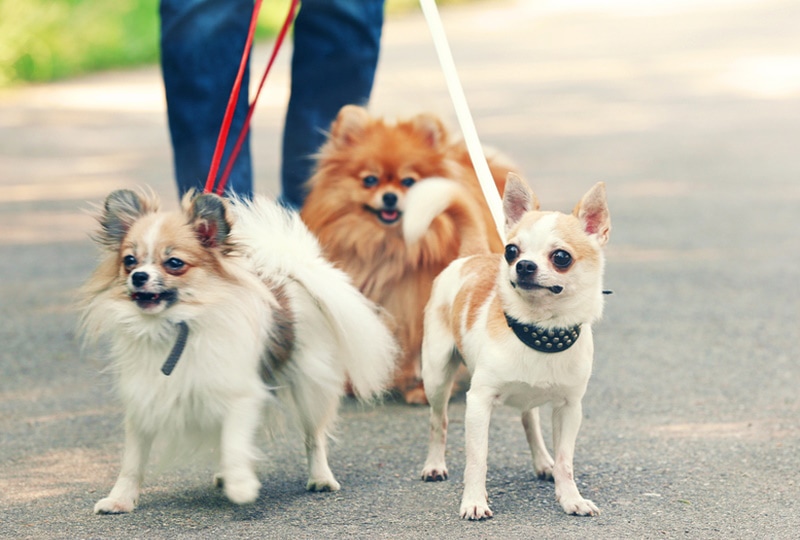How Much Attention Do Dogs Need? (7 Things to Know)

Updated on
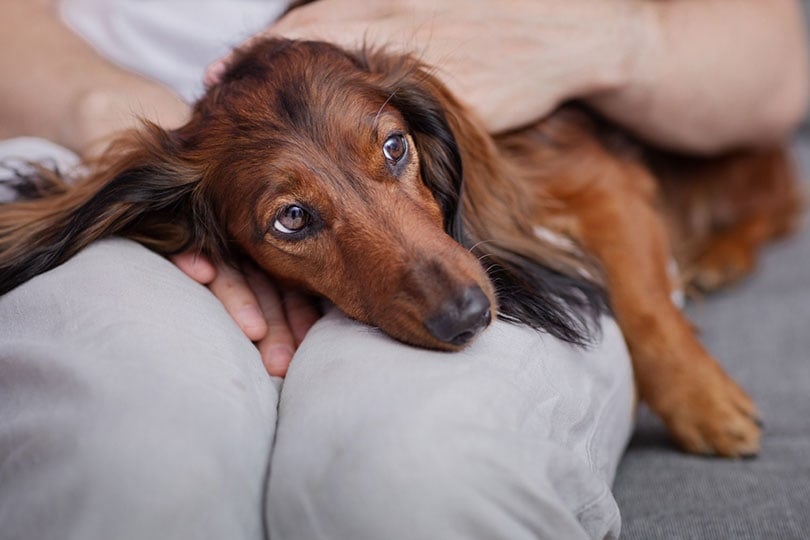
Ensuring your dog is healthy and happy takes much more than keeping it physically fit. Dogs have active minds and emotions that need frequent, positive attention to prevent stress, boredom, and depression. Confined to the house, they rely on us for stimulation, and a lack thereof can result in undesirable and often destructive behaviors.
Giving your dog the right kind of attention isn’t clear-cut. All dogs need different types of care, and you’ll have to adjust to changing needs as your pet ages. It’s an ongoing learning process with any pup, but you can give yours the best chance of a happy, healthy life by checking out these seven things to know about how much attention dogs need.
The 7 Things to Know
1. Puppies Need Constant Attention
Everything feels new, exciting, scary, and generally intriguing to young puppies coming into the home. They need guidance from the outset and a pack leader they can trust. Bonding, housebreaking, basic training, and safe socialization are crucial at this time to prepare your dog to be a calm, outgoing, and well-mannered adult.
You’ll also have to navigate the occasional accidents and missteps as your dog potty trains and explores the world around them. They’re babies. Restless nights and constant care come with the territory.
It can sound like a lot, but puppies won’t require as much attention as you may think. While they’re up, puppies are intense balls of energy that can certainly take all of your attention in one way or another. Fortunately, they also sleep about 15–20 hours daily, giving you plenty of downtime.
How Much Attention Do Puppies Need?
You may only need to give your new pup 2–3 hours of quality daily engagement. But that doesn’t mean they only need a few hours of attention.
Puppies require a reliable presence. They sleep in spurts, needing someone there when they wake up to interact, supply food and water, and manage their frequent need to pee. As you’ll discover, a puppy’s demands can cut into a work schedule in inconvenient and unmanageable ways.
If you’re getting a puppy, consider taking a few weeks off. The first 2–3 months will demand non-stop supervision. Try to make accommodations at work to be with your new puppy or bring them to the office to boost the mood around the workplace and give your dog a chance to socialize. Otherwise, look for local doggy daycares or pet sitters who can keep your dog from spending too much time alone.
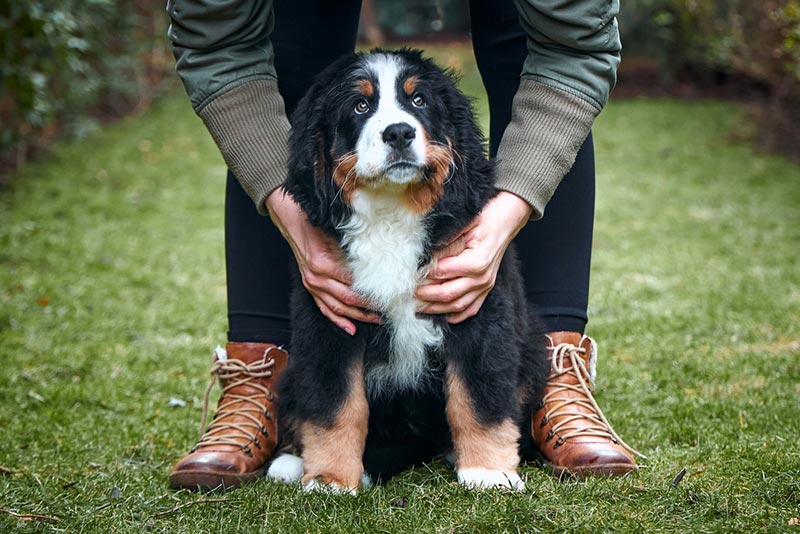
2. Puppies Also Need Alone Time
After all that attention talk, it may sound surprising that puppies also need plenty of alone time. Amidst the potty training and playing during those first few crucial months, you’ll need to get them comfortable with being away from you. Life will have to return to normal for you, making gradual separation an essential aspect of training.
Separation anxiety is a reality for 14–20% of dogs, making training crucial in preventing stress and behavior issues, such as inappropriate elimination, chewing, and barking. Crate training is an enormous aid in introducing alone time and creating positive associations.
Introducing Separation to Your Puppy
Making your crate comfortable is the first step in introducing the idea of separation. An inviting space can become an escape and safe haven that caters to the instinct to build a den. Supply them with toys and a cozy resting spot.
Gradually get your dog used to being in the crate away from you. Start with a few minutes, and slowly add more time until they can spend 3–4 hours alone without trouble.
Positive reinforcement with treats after alone time will help them build confidence. You’ll hear them whine, whimper, and bark for your attention, especially at night, but you can’t give in to their calls. If you do, they’ll continue using attention-seeking behavior without accepting the circumstances. Give them space. Eventually, they’ll understand that being alone isn’t as frightening as they thought.
3. Dogs Shouldn’t Spend More than 6–8 Hours Alone
You’ll need to spend significant time away from your dog at some point, whether to go to your 9–5 job or to run errands on a busy weekend. The goal is to get your dog comfortable in the crate and make a seamless transition to letting them be in the house without supervision once they reach 1–2 years old. But even then, you’ll want to limit the amount of time they spend alone.
Dogs should only be by themselves for 6–8 hours. They’ll need to go out to relieve themselves and let off some energy. If you can’t be there for them, arrange a visit from a friend, family member, or dog walker to break up those long solitary spans.

4. Your Dog Needs Interaction
Simply being present isn’t enough to qualify as giving your dog attention. Taking them out to potty, refilling the water bowl, and being in the same house is comforting, but it doesn’t give your dog the stimulation they need to overcome restlessness and anxiety.
Dogs need at least 1–2 hours daily for quality time together. Break it into small sessions throughout the day, making room for training, walks, and exercise. Frequent interaction will establish a healthy bond and help your pup avoid obesity and numerous associated physical disorders to give them the best chance at a long, fulfilling life.
5. Different Breeds, Different Needs
While training and acclimation will have the greatest impact on any pet’s behavior, other factors can determine how much attention a dog will need. Strays and shelter animals may be more likely to suffer from separation anxiety, as are mixed-breed and spayed and neutered dogs.
- Border Collie
- Labrador Retriever
- Vizsla
- German Shepherd
- Cocker Spaniel
- Australian Shepherd
- Havanese
- Jack Russell Terrier
Different breeds will also need more attention than others. Siberian Huskies and Border Collies are two of many energetic dogs demanding at least 2 hours of daily exercise. Without stimulation, they become bored, destructive, and difficult. More relaxed dogs, like Pugs and Basset Hounds, only need about an hour of exercise and can often manage downtime by themselves with more grace.
Every dog is different, and you shouldn’t take a specific breed as an invitation to ease back on training, activity, or socialization. When they’re adults, though, some breeds will naturally need more attention than others. Research your dog’s breed, compare their needs to your schedule, and find solutions to fill in the gaps to keep your pup content.
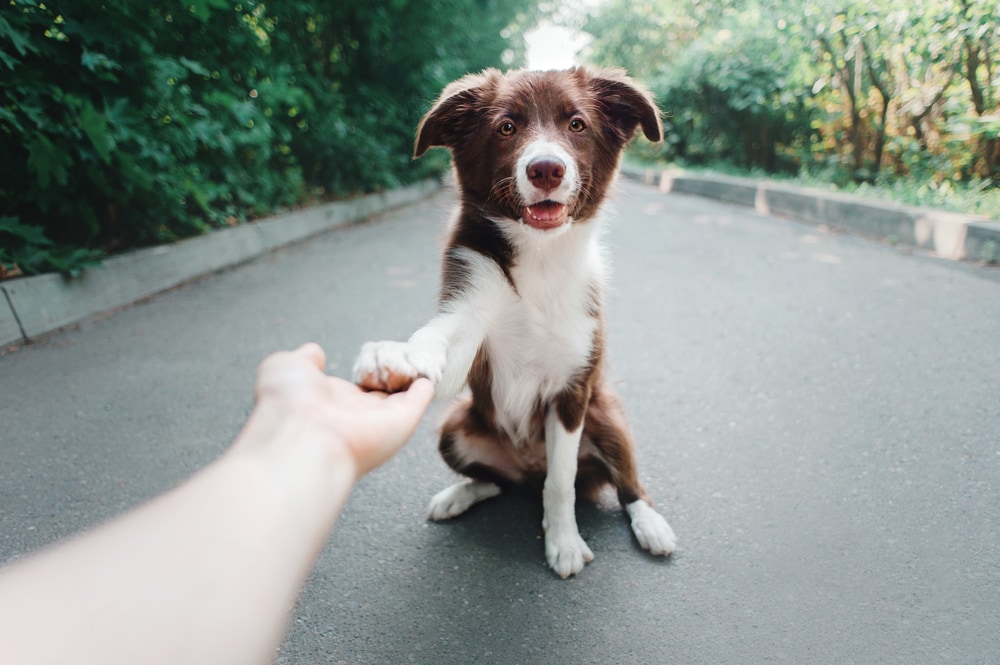
6. Establish a Routine
Setting a routine is one of the best ways to prevent your dog from constantly needing attention. Make a plan for feeding times, training, grooming, exercise, resting, and sleep. Having a reliable, predictable daily flow will get them used to being alone when they go to bed and when you leave for the day.
The routine will constantly change during the first year. Puppies need potty breaks about once every hour in the first month, but that will stretch out as they learn to hold it longer. Meanwhile, you’ll introduce them to an ever-increasing amount of time away from you. You can eventually settle into a long-term daily schedule. If you make minor, gradual adjustments along the way, your dog will have an easier time adapting.
7. Create Positive Associations with Alone Time
Alone time never has to be negative. It’s just part of the routine. Like acquainting your dog with the crate, most of getting your dog used to limited attention involves positive reinforcement.
Get your dog excited for their time by themselves by creating a comfortable space. Give them special “crate-only” puzzle toys and games to stimulate their minds while you’re away. As you train your dog to spend more time separated from you, use treats to reward them for doing well alone.
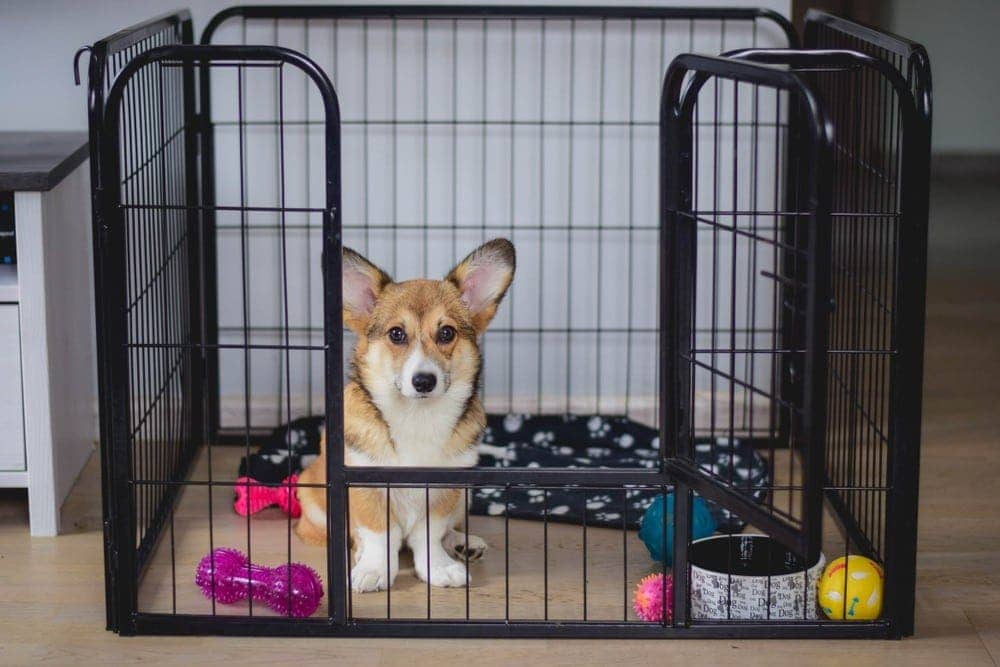
Conclusion
Dogs need a healthy blend of activity, affection, and alone time. While every dog is different, they all demand consideration and care. In truth, you should always pay attention to your dog, staying aware of its mood and behaviors to ensure it feels comfortable and safe. Stay positive, patient, and willing to adjust the quantity and quality of your attention to make you and your dog as happy as possible.
Featured Image Credit: Leka Sergeeva, Shutterstock

